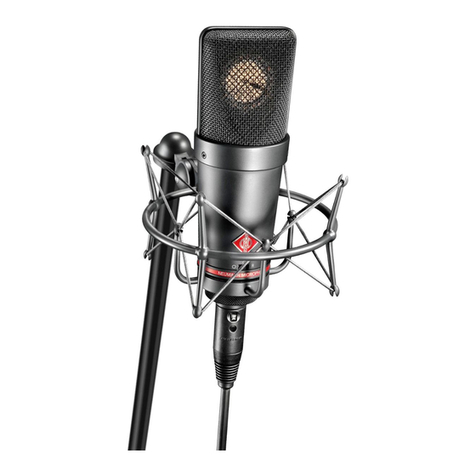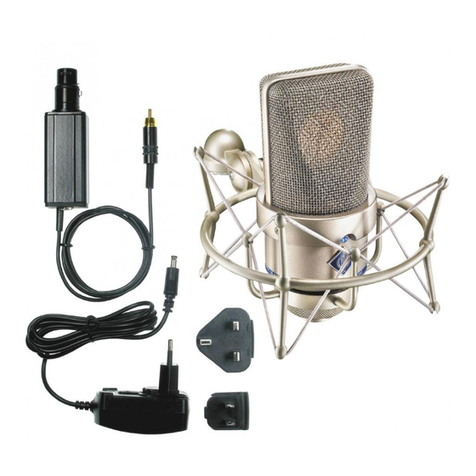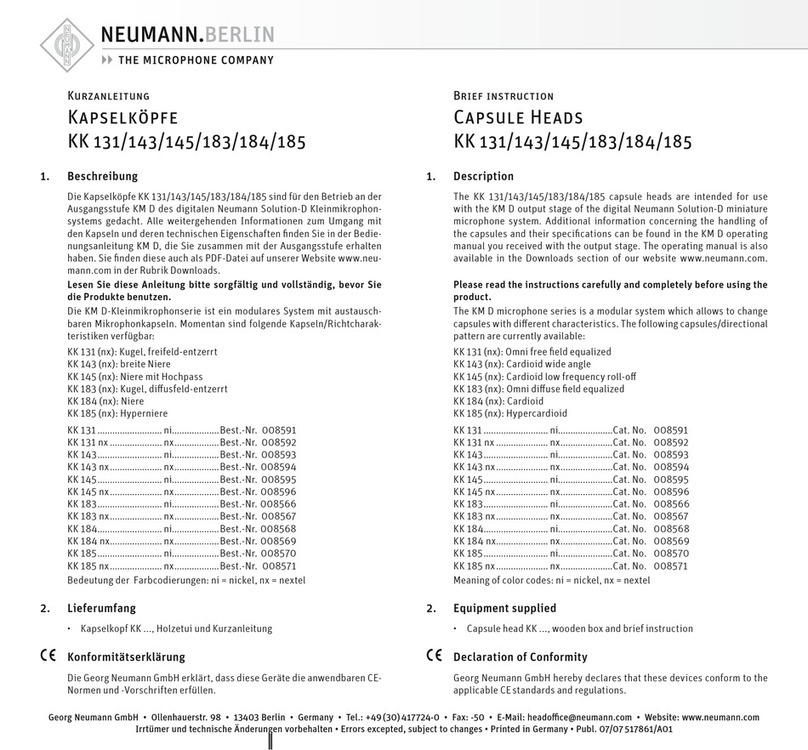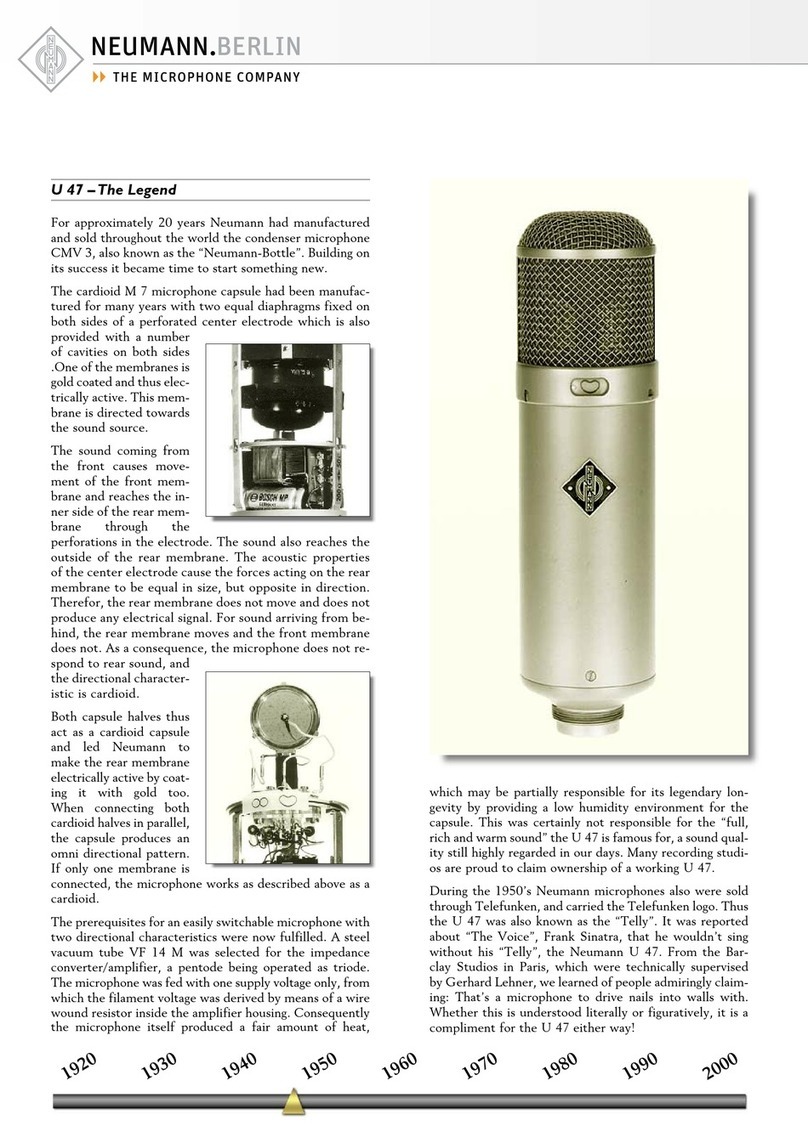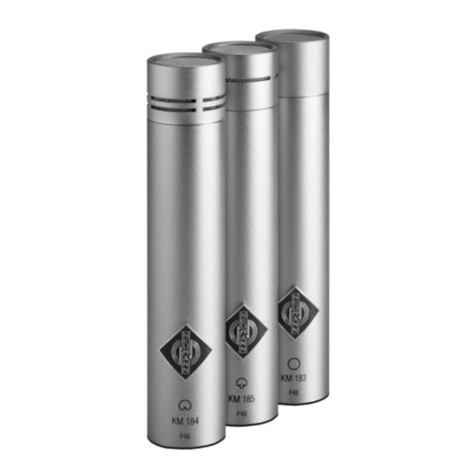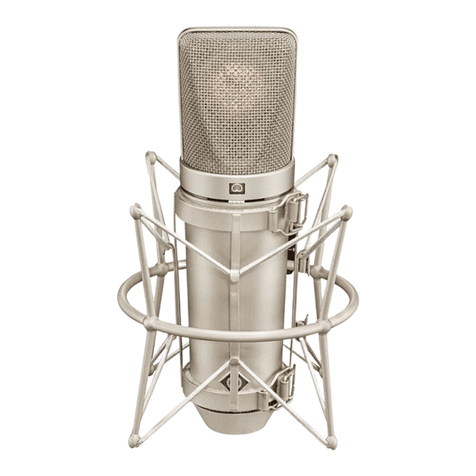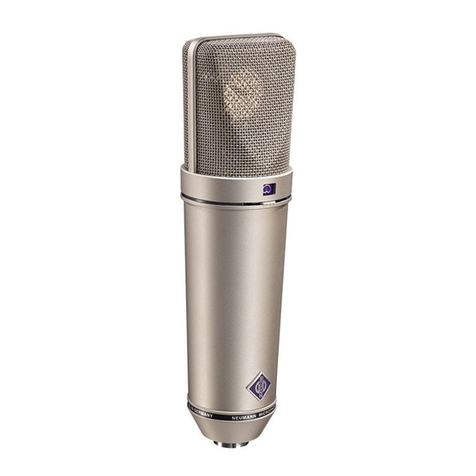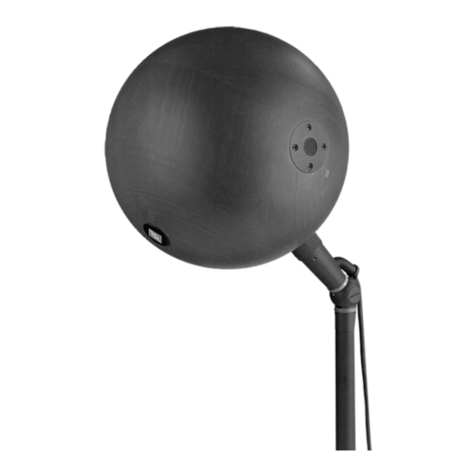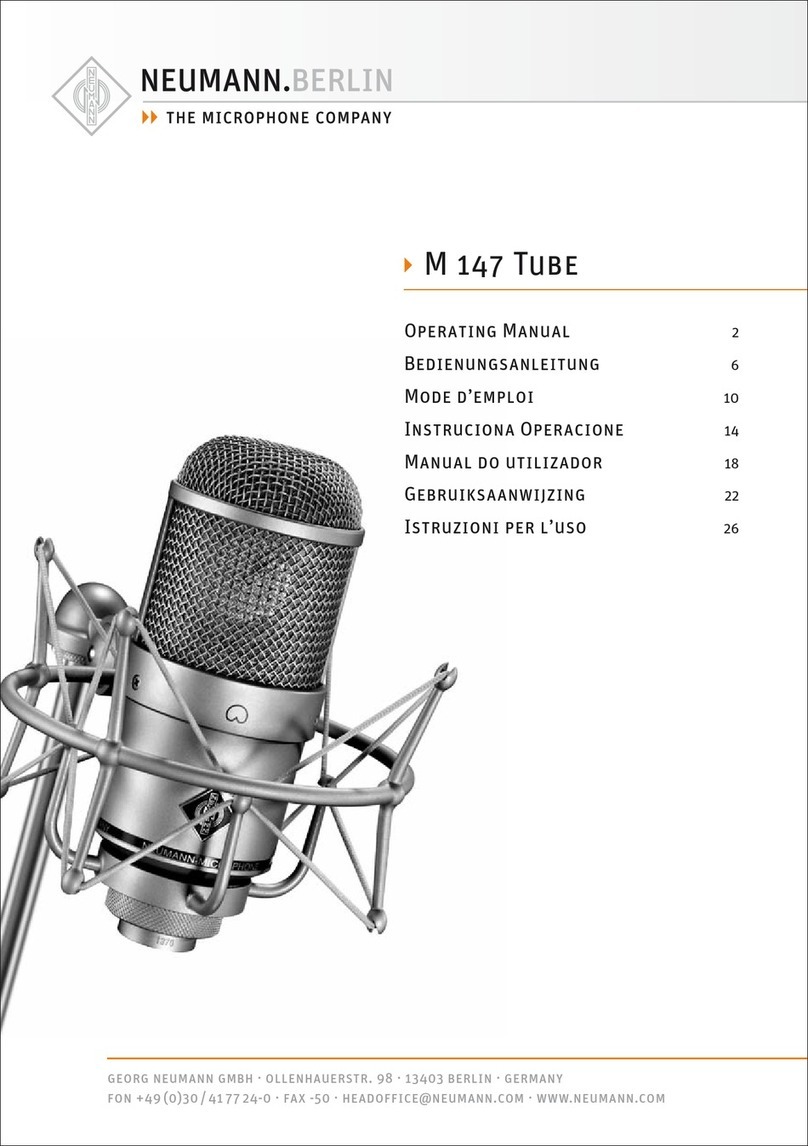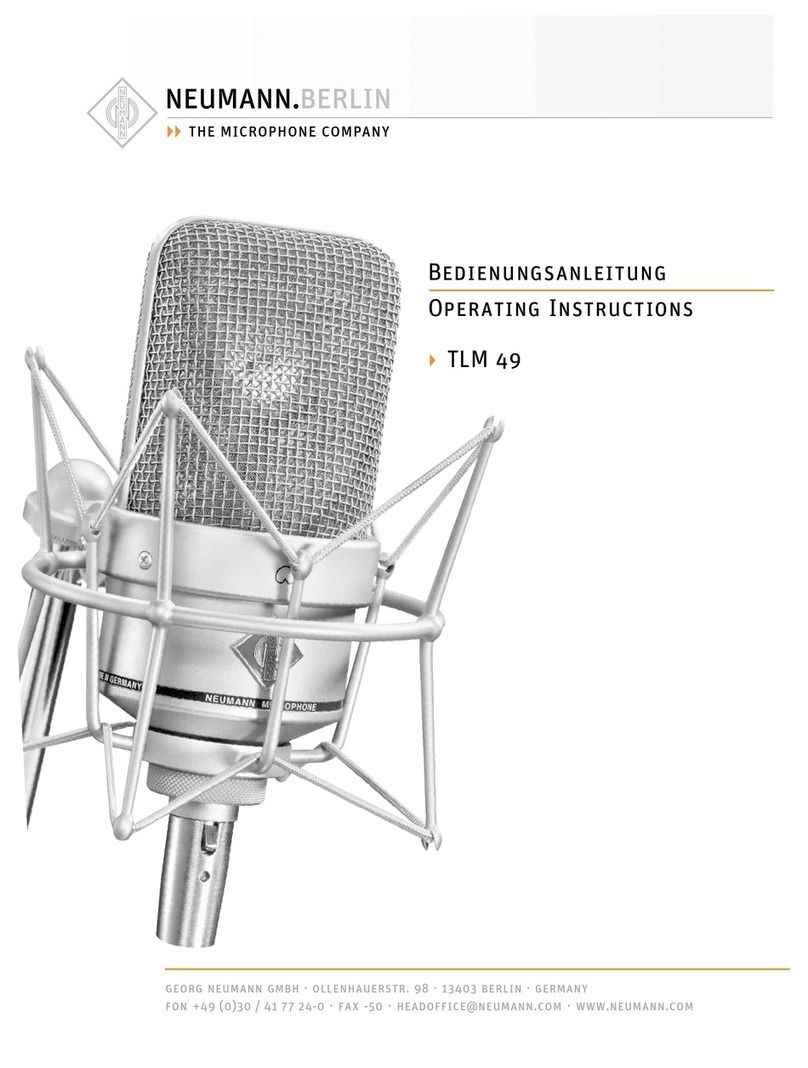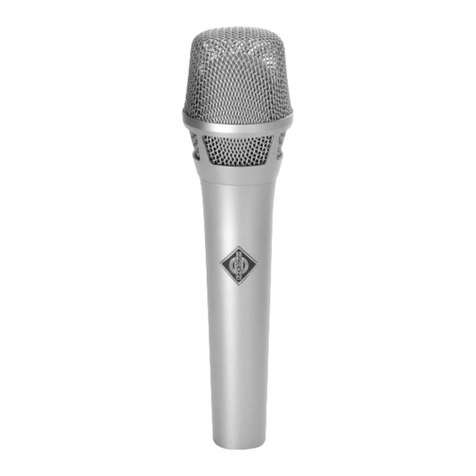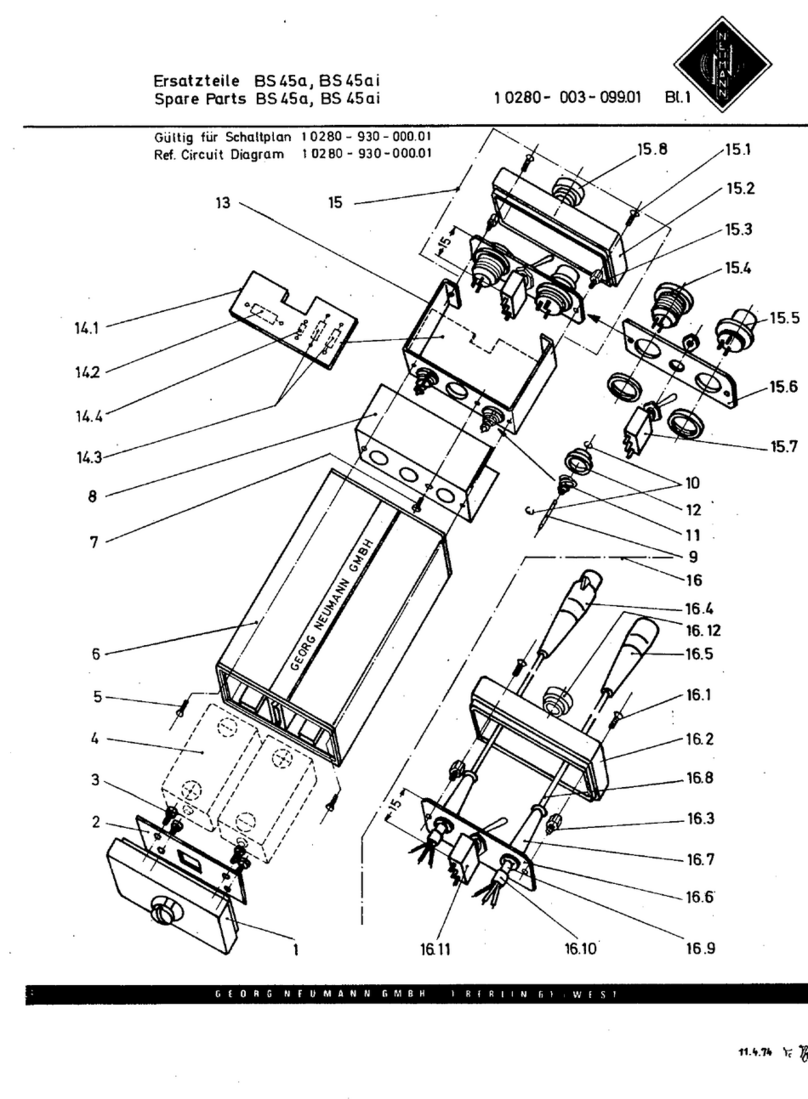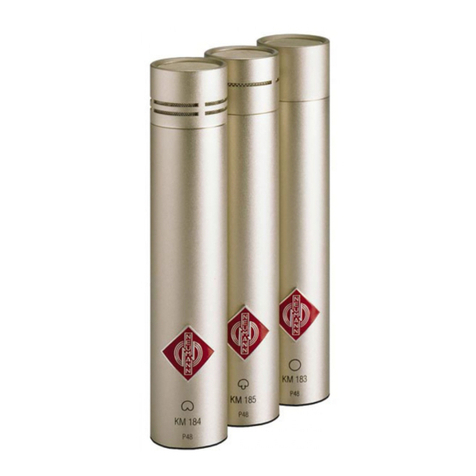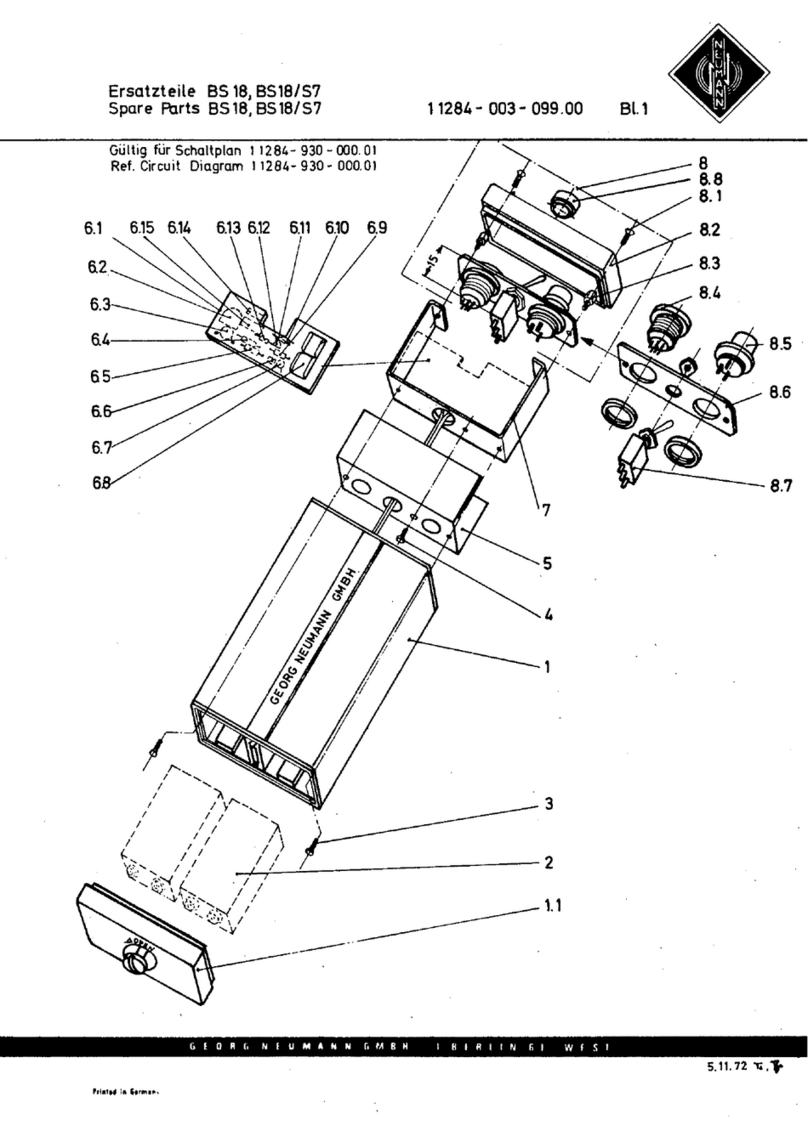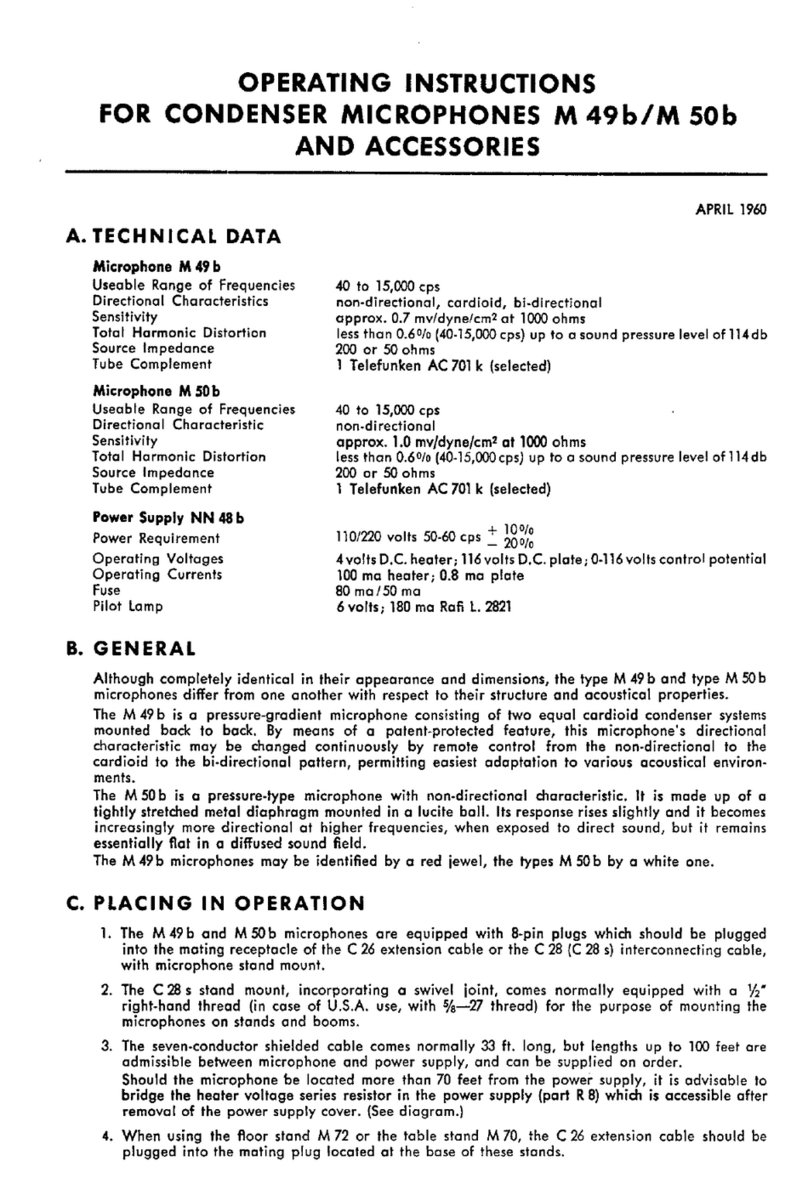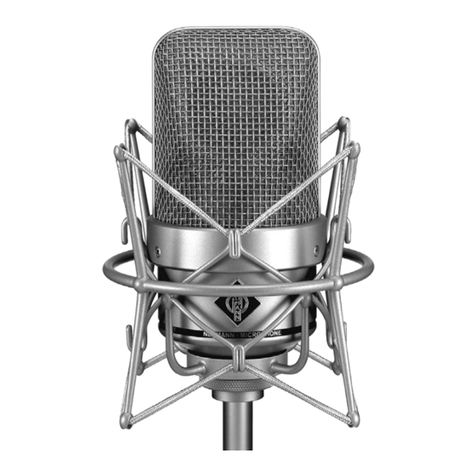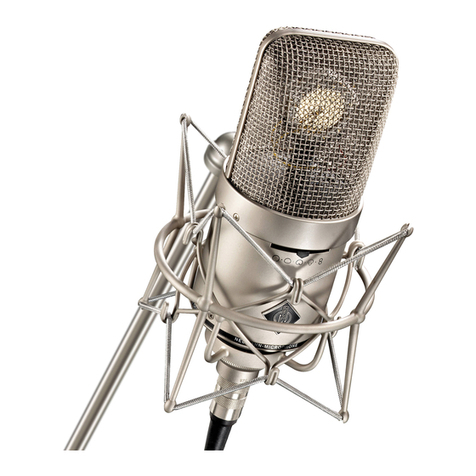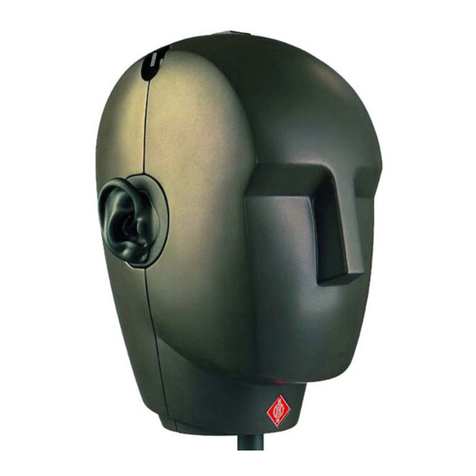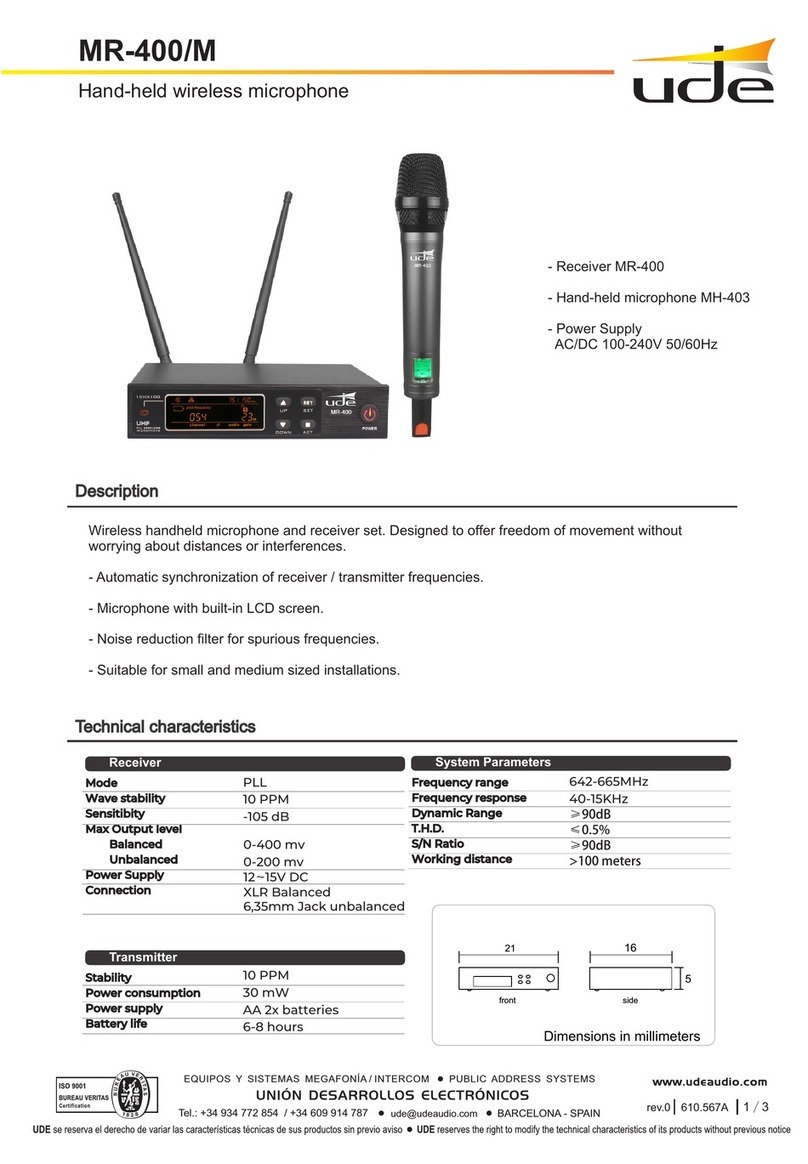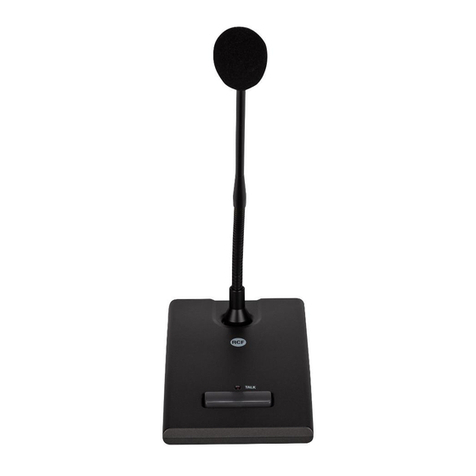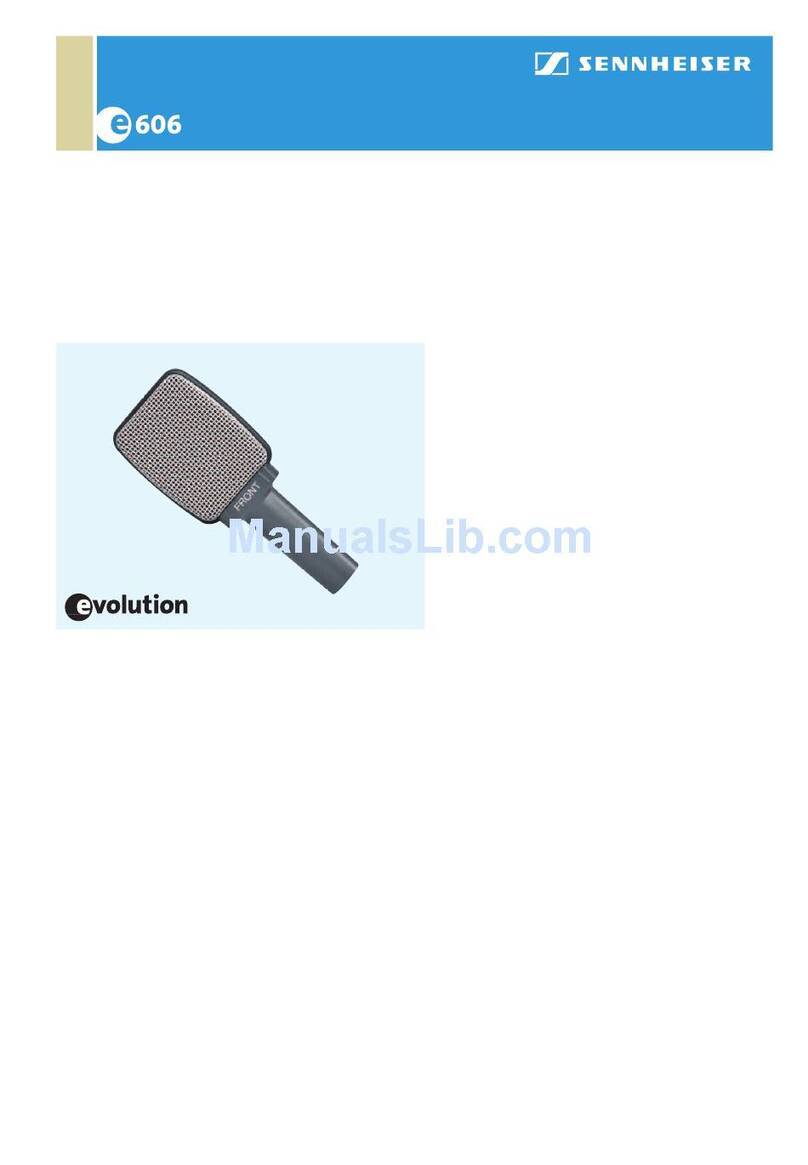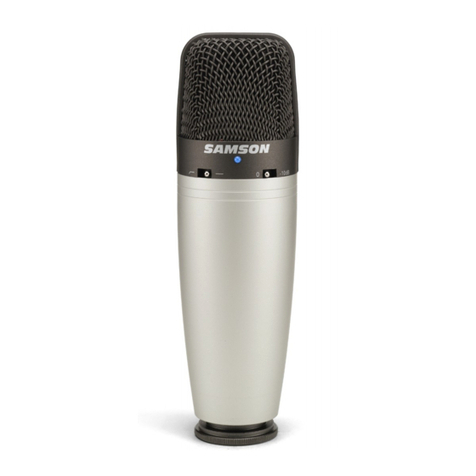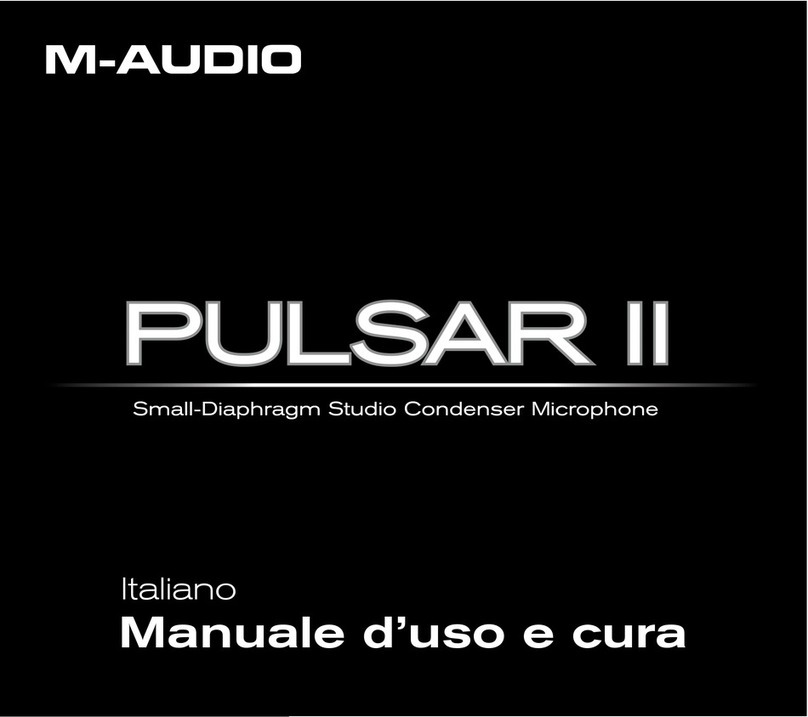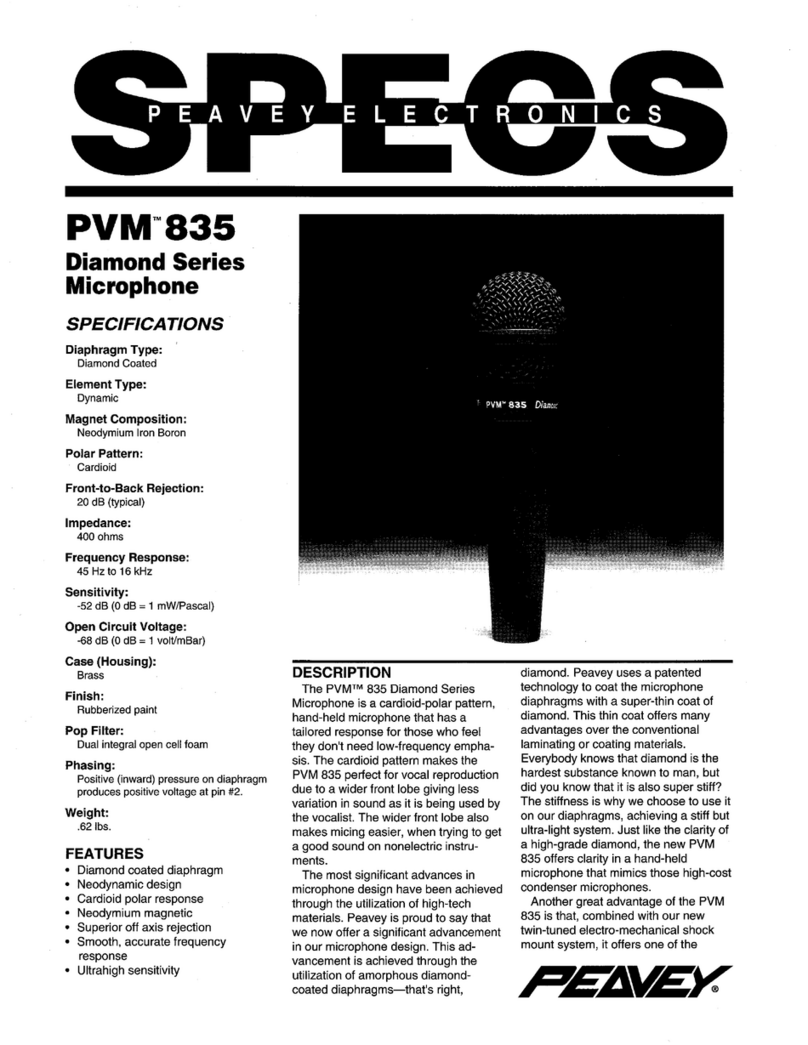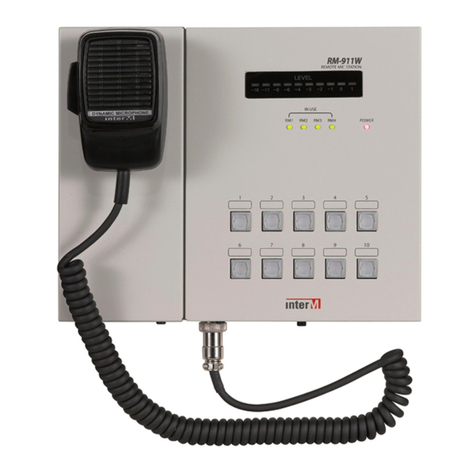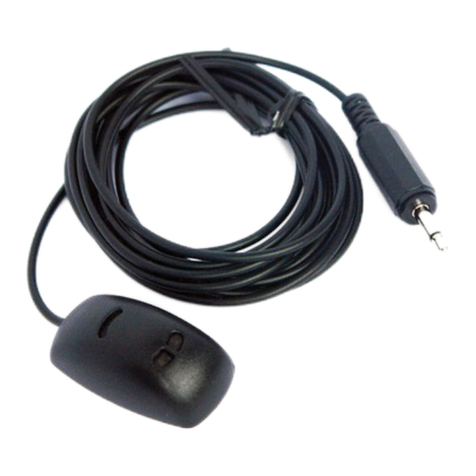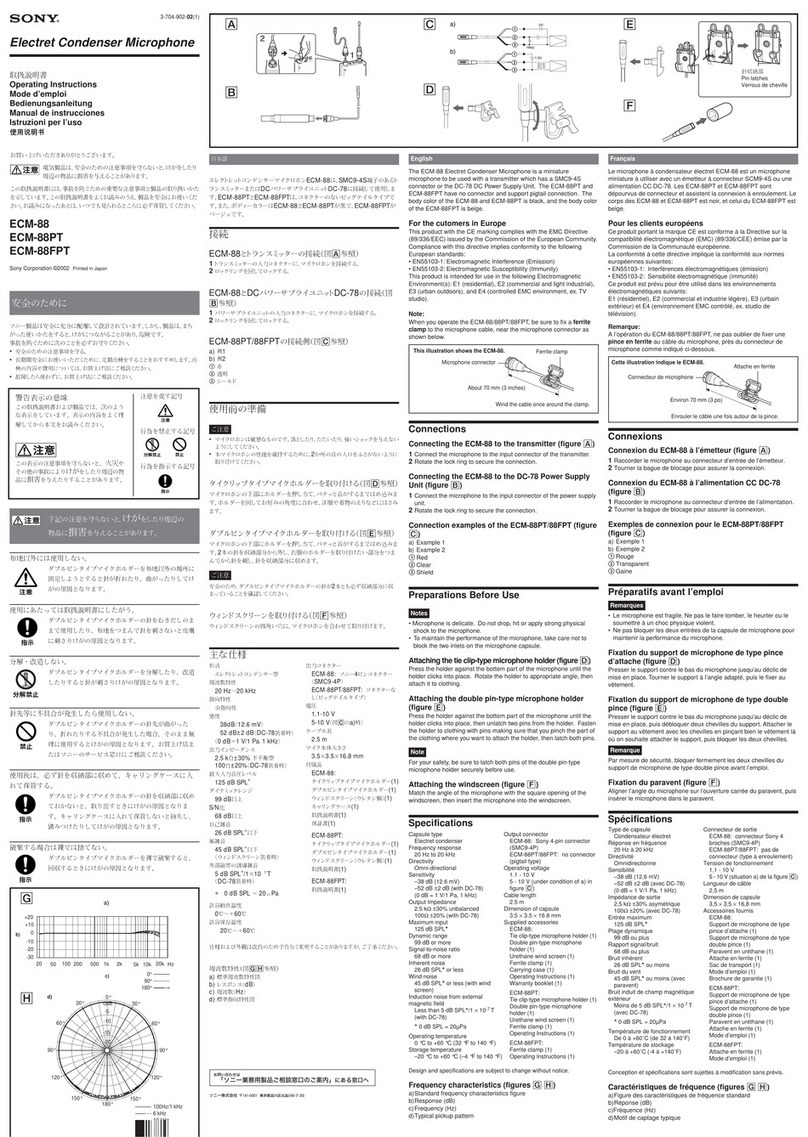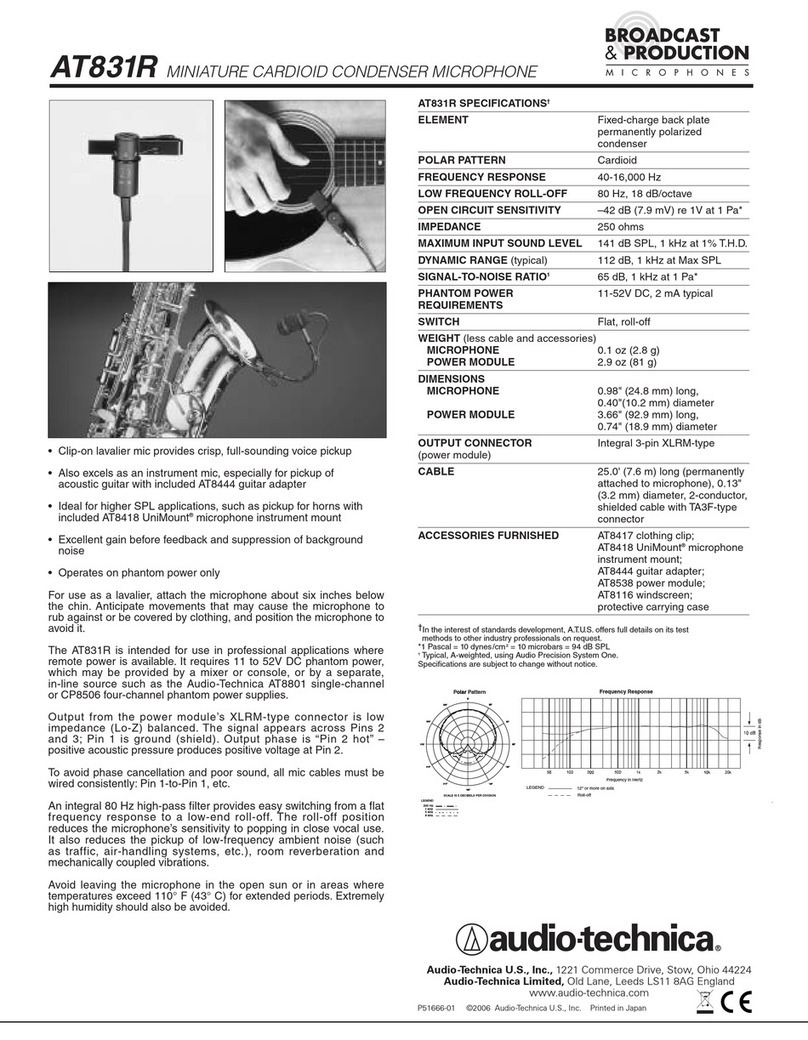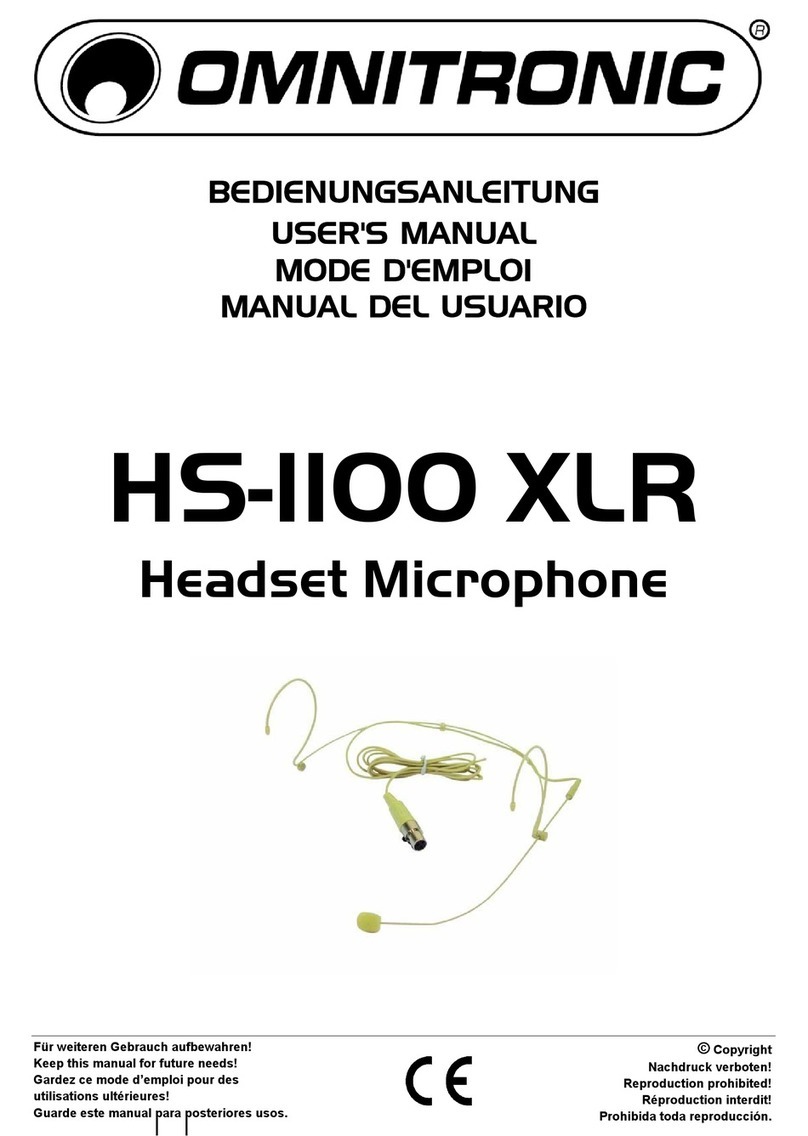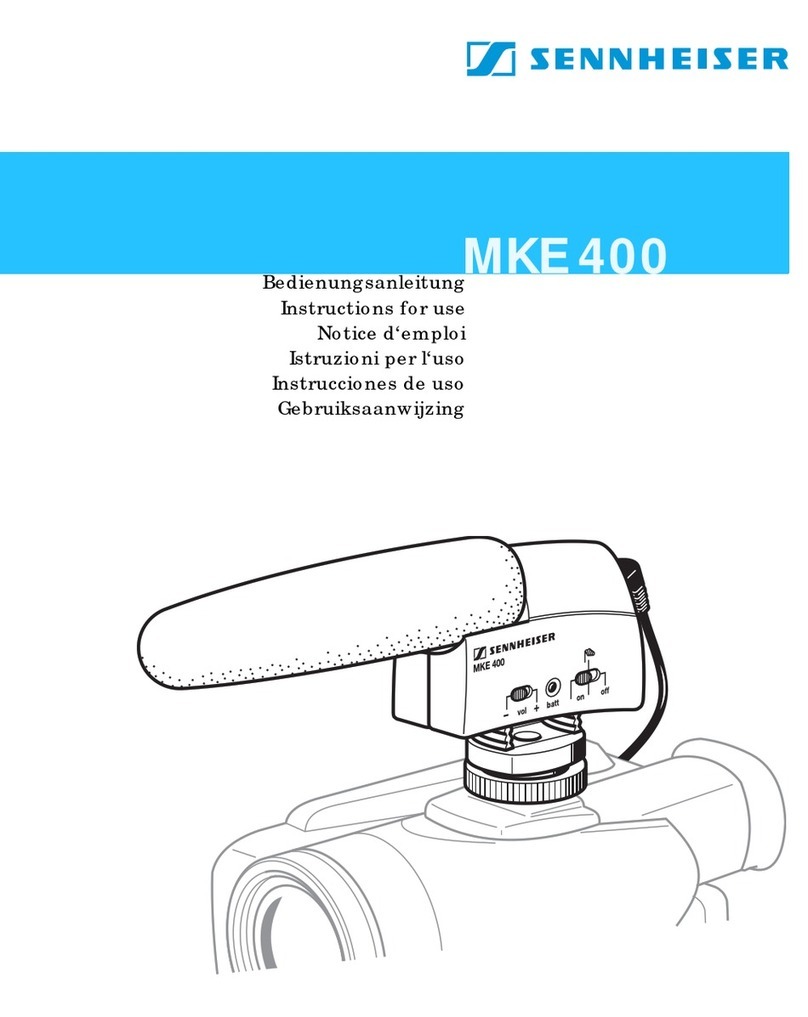
neumann.berlin
the microphone company
SM 2 - The First Neumann Stereo Microphone
In the mid 1950’s, the recording and broadcasting indus-
tries made major breakthroughs in the development of
stereophonic sound recording and transmission. Neumann
has supplied technical equipment to the recording indus-
try since 1928, and in 1955 introduced a novel editing
device for their industry standard disc cutters. In 1956, a
cooperative venture with the record label TELDEC re-
sulted in the first stereo disk cutter head ZS90/45. Al-
though stereo records could not be made with two mon-
aural disk cutter heads, the stereo program material, how-
ever, could be captured with two monaural microphones.
For example, for A-B stereo recordings two cardioid mi-
crophones can be set up at some distance from one an-
other to record the left and right channels. When “Sen-
der Freies Berlin” (Radio Free Berlin) conducted their first
stereo test broadcast on December 26, 1958, the right
and left channels were transmitted on two different FM
frequencies, which could then be heard on two separate
monaural FM receivers. Mono compatibility with stereo
broadcasting was not achieved until 1963 with the intro-
duction of the multiplex pilot tone system.
Full mono compatibility of recordings is only possible with
intensity stereophony, where identical microphones are
placed at virtually the same location, thus avoiding phase
differences caused by different distances to the sound
sources. In some of these coincident techniques the mi-
crophones may have different directional patterns. In oth-
er cases they have the
same pattern, but are set
up along the main axis
pointing in different di-
rections. To simplify this
recording process, Neu-
mann developed a single
appropriate microphone.
Their latest miniature
microphone at that time,
the KM 56, possessed
many features readily
adaptable for use in the
first Neumann stereo mi-
crophone. It has a small
dual-diaphragm capsule,
switchable to any of the
three main directional
patterns: omnidirection-
al, cardioid, or figure-8. In a stereo microphone two cap-
sules of this type are mounted one above the other in a
single head. Combined with two microphone amplifiers,
placed alongside one another in a tube measuring only
30 mm in diameter, the SM 2 was created.
The power supply for the SM 2 features two rotary switch-
es for adjusting the directional patterns of both channels
independently to any of the three main patterns: omnidi-
rectional, cardioid or figure-8. A further three intermedi-
ate settings can be selected, for a total of nine different
patterns per element. In addition, the upper transducer can
be rotated over a range of 270 degrees referenced against
the lower capsule. The resulting microphone is ideal for
the various types of intensity stereophony. For use as an
X-Y microphone, identical (unidirectional) patterns are
selected for both channels, and the recording ‘aperture’ is
controlled by the angle between upper and lower capsules
against the main axis. In M-S technology, the capsules are
positioned with the patterns for the M-channel set to car-
dioid and on axis, while the S-channel is set to figure-8
and offset by 90 degrees. The cardioid microphone thus
picks up the complete sound event exactly like the princi-
pal microphone for a monaural recording. All directional
information is captured by the figure-8 pickup. In M-S ster-
eo recording technology the two microphone outputs are
combined in a matrix to form the sum and difference sig-
nals, which become the left and right channels.
True to its pedigree, the sound quality of the SM 2 is very
similar to that of the KM 56. It was produced between
1957 and 1966. Even today, audio professionals consider
it a “secret weapon” for piano recordings.
